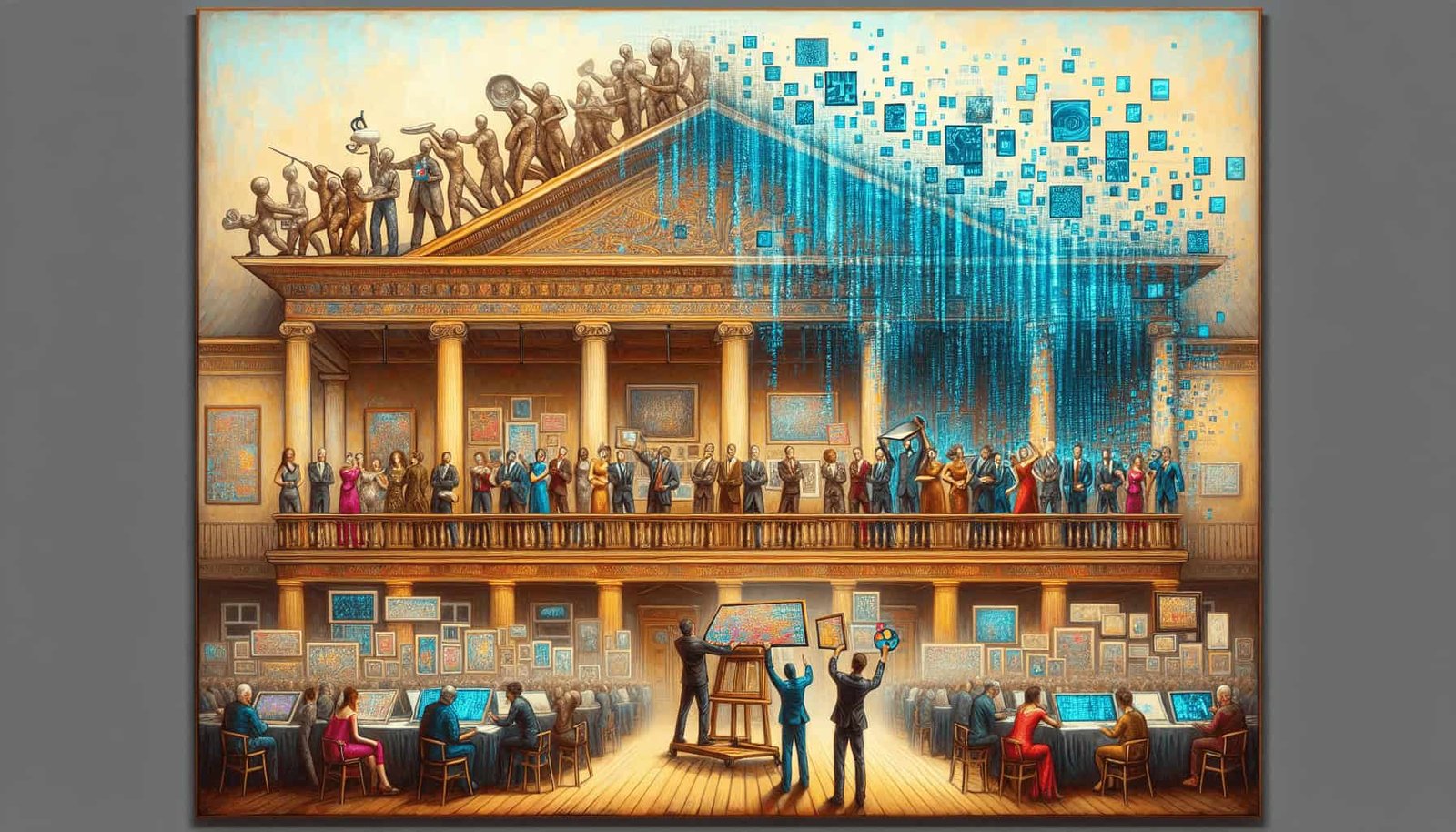Are you an art enthusiast looking for a new and exciting way to buy and sell artwork? Look no further! In the world of blockchain and decentralized finance, DAO-based art auctions and sales are revolutionizing the art market. By using smart contracts and a decentralized autonomous organization (DAO), these platforms eliminate the need for intermediaries, ensuring transparency and security for both buyers and sellers. Say goodbye to traditional auction houses and hello to a new era of art exchange where anyone can participate and be part of the growing global art community.
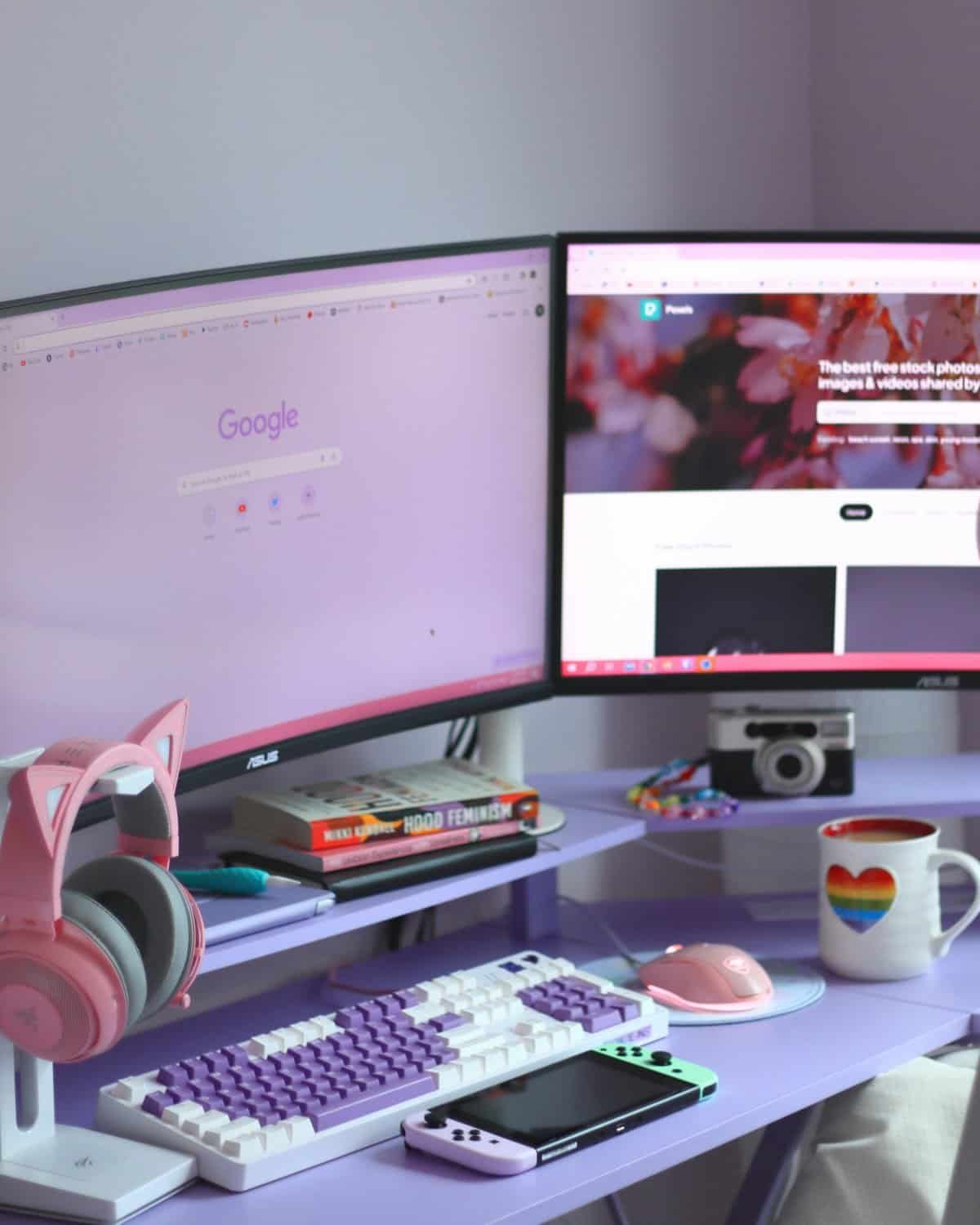
Introduction
What are DAOs?
DAOs, or Decentralized Autonomous Organizations, are organizations that operate on the blockchain and are governed by a set of pre-programmed rules and smart contracts. They provide a way for people to collaborate and make decisions collectively without the need for a central authority or intermediary. In the context of art auctions and sales, DAOs offer a unique and innovative approach to the traditional art market, enabling increased transparency, lower fees, and enhanced community participation.
Overview of art auctions and sales
Art auctions and sales have long been a traditional method for artists to sell their works and for collectors to acquire valuable pieces. Historically, these transactions have relied on intermediaries such as auction houses and galleries to facilitate the process. However, this traditional model has its limitations, including high transaction costs, lack of transparency, and limited access for both artists and buyers. DAO-based art auctions and sales aim to address these challenges by leveraging blockchain technology and smart contracts to create a decentralized and transparent marketplace for art.
Benefits of DAO-based Art Auctions and Sales
Increased transparency and trust
One of the key benefits of DAO-based art auctions and sales is the increased transparency it brings to the art market. Blockchain technology enables the recording and verification of every transaction on a public ledger, making it immutable and transparent. This transparency helps to eliminate the issue of fraudulent artworks, as the provenance and ownership of each piece can be easily traced and verified. Additionally, DAOs provide a platform for artists and buyers to interact directly, removing the need for intermediaries and fostering trust within the community.
Lower fees and costs
Another advantage of DAO-based art auctions and sales is the potential for lower fees and costs compared to traditional art marketplaces. By eliminating intermediaries, such as auction houses and galleries, DAOs can significantly reduce transaction costs. This allows artists to receive a larger share of the proceeds from their artwork sales, while buyers can acquire art at a more affordable price. Furthermore, since DAOs operate on the blockchain, there is no need for physical infrastructures, further reducing operational expenses.
Enhanced participation and community engagement
DAO-based art auctions and sales facilitate enhanced participation and community engagement by enabling anyone to become a part of the art market. Through decentralized platforms, artists can directly connect with buyers from around the world, expanding their reach and audience. Moreover, DAOs often incorporate mechanisms for community input and decision-making, giving stakeholders a say in the governance and operations of the platform. This sense of ownership and involvement fosters a vibrant and inclusive community environment, where artists, buyers, and collectors can actively participate and contribute.
Tokenization of Art
What is art tokenization?
Art tokenization refers to the process of representing ownership or shares of an artwork as digital tokens on the blockchain. Each token represents a fraction of the artwork’s value, allowing individuals to invest in and trade fractional ownership of the artwork. Art tokens can be bought, sold, and traded on decentralized exchanges, providing liquidity and flexibility to investors. This tokenization process enables the democratization of art ownership, making it accessible to a broader audience.
Advantages of tokenizing art assets
The tokenization of art assets offers several advantages for both artists and investors. For artists, tokenization provides a new way to fund their projects and monetize their artworks. By tokenizing their art, artists can raise capital by selling fractions of their work to investors. This crowdfunding model allows artists to retain ownership and control over their art while still benefiting from its commercial value. Furthermore, tokenization can also facilitate the secondary market trading of art tokens, enabling artists to continue benefiting from the appreciation of their work.
For investors, art tokenization opens up new investment opportunities and access to previously exclusive art markets. Fractional ownership of artworks allows investors to diversify their portfolios by investing in multiple art pieces with varying values and styles. Additionally, tokenization provides liquidity to illiquid assets, as art tokens can be easily bought and sold on decentralized exchanges. This liquidity allows investors to enter and exit positions more seamlessly, reducing the barriers to entry and exit in the art market.
DAO Governance in Art Auctions and Sales
How DAOs govern art auctions
DAOs govern art auctions and sales through a decentralized governance framework. The rules and decision-making processes are encoded in smart contracts, ensuring that transactions are executed automatically and transparently. Participants in a DAO can propose and vote on various matters related to art auctions, such as the selection of artworks for sale, pricing mechanisms, and distribution of proceeds. This decentralized governance model ensures that decisions are made collectively and reflects the interests of the community.
Voting and decision-making processes
Voting and decision-making processes in DAOs are typically conducted using a token-based governance system. Each participant in the DAO holds a certain number of tokens, which grants them voting rights and influence over the decision-making process. The weight of each participant’s vote is proportional to the number of tokens they hold. This system incentivizes participants to acquire and hold tokens, as it gives them a stake in the outcomes of the DAO’s auctions and sales. Moreover, DAOs often employ mechanisms such as quadratic voting or conviction voting, which aim to ensure a fair and inclusive decision-making process.
Role of smart contracts
Smart contracts play a crucial role in the governance of art auctions and sales in DAOs. They automate the execution of transactions and enforce the rules and protocols set by the DAO. Smart contracts ensure that the auction and sale processes are transparent, secure, and tamper-proof. They also facilitate the distribution of proceeds from art sales to the relevant parties, such as artists, investors, and the DAO itself. By eliminating the need for intermediaries, smart contracts streamline the entire process and reduce the potential for fraud or manipulation.
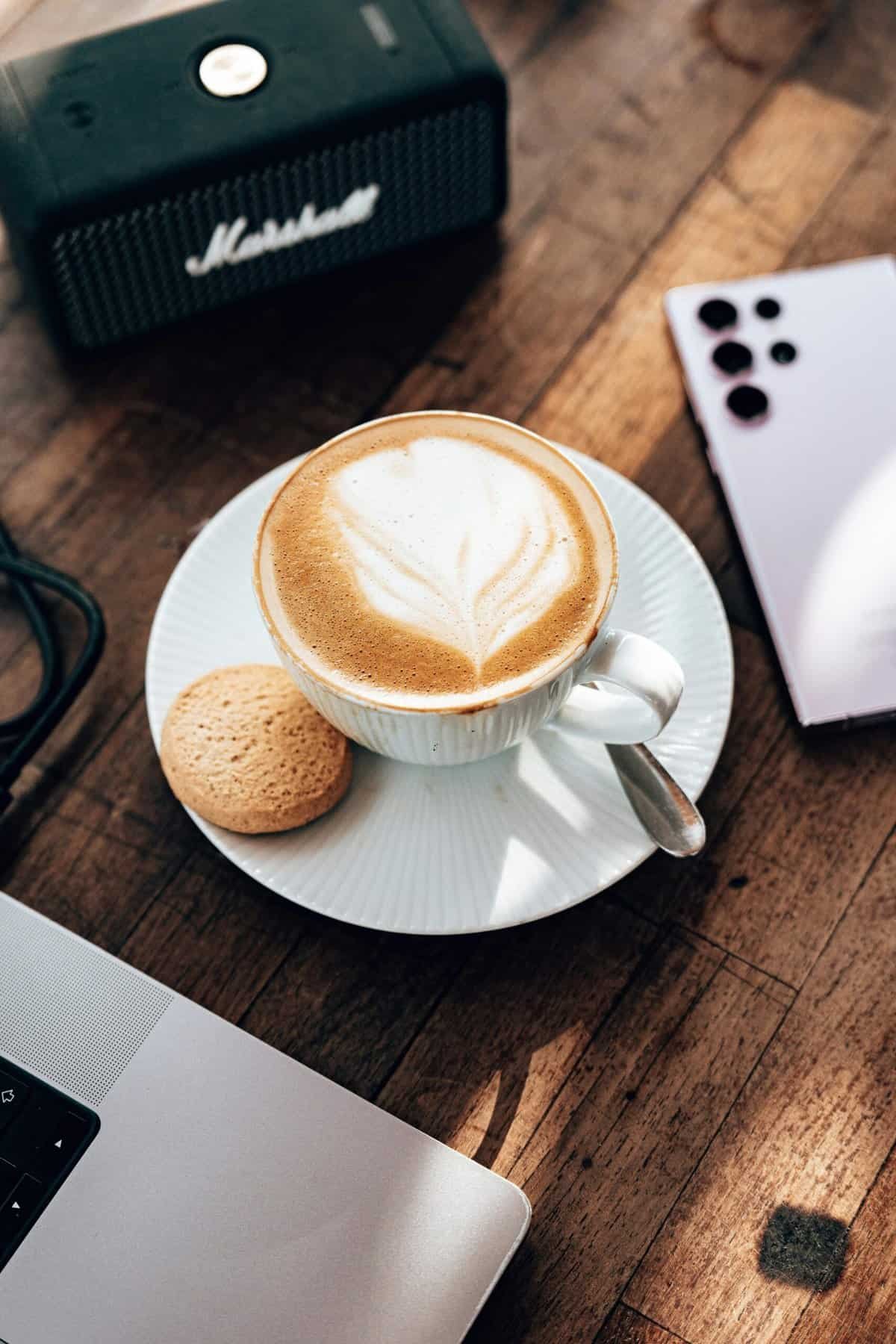
Art Authentication and Provenance
Use of blockchain for provenance tracking
Provenance tracking, or the ability to trace the history of an artwork’s ownership and authenticity, is a critical aspect of the art market. Blockchain technology provides an ideal solution for provenance tracking, as it allows for the secure and transparent recording of every transaction related to an artwork. By digitizing the provenance information on the blockchain, art buyers can easily verify the authenticity and ownership history of an artwork before making a purchase. This adds an extra layer of security and trust to the art market, mitigating the risk of counterfeit or stolen artworks.
Verification of art authenticity
The use of blockchain technology in art auctions and sales enables the verification of art authenticity through digital certificates and timestamps. Each artwork can be assigned a unique digital certificate that contains information such as the artist’s signature, title, medium, and edition number (if applicable). This digital certificate is then timestamped on the blockchain, creating an immutable record of the artwork’s existence and authenticity. Art buyers can refer to these digital certificates and timestamps to validate the authenticity and provenance of the artwork they wish to purchase.
NFTs and Digital Art
Emergence of NFTs in the art market
Non-Fungible Tokens (NFTs) have gained significant traction in the art market in recent years. NFTs are unique digital assets that represent ownership or proof of authenticity for a specific piece of digital art. Unlike cryptocurrencies, such as Bitcoin or Ethereum, which are fungible and can be exchanged on a one-to-one basis, NFTs are indivisible and cannot be exchanged on a like-for-like basis. This uniqueness and scarcity make NFTs an ideal tool for artists to monetize their digital artworks and for collectors to own one-of-a-kind digital creations.
Benefits of using NFTs for digital art auctions
Using NFTs for digital art auctions offers several advantages for artists and collectors. Firstly, NFTs provide a mechanism for artists to establish ownership and copyright over their digital creations. By tokenizing their artwork as an NFT, artists can prove the authenticity and uniqueness of their digital piece, safeguarding their intellectual property rights. Secondly, NFTs enable artists to monetize their digital creations by selling them directly to collectors. The use of blockchain technology ensures transparent and secure transactions, and the scarcity of NFTs adds value and exclusivity to the artwork. Finally, NFTs provide collectors with an opportunity to own and trade unique digital artworks, expanding the boundaries of art ownership and appreciation.
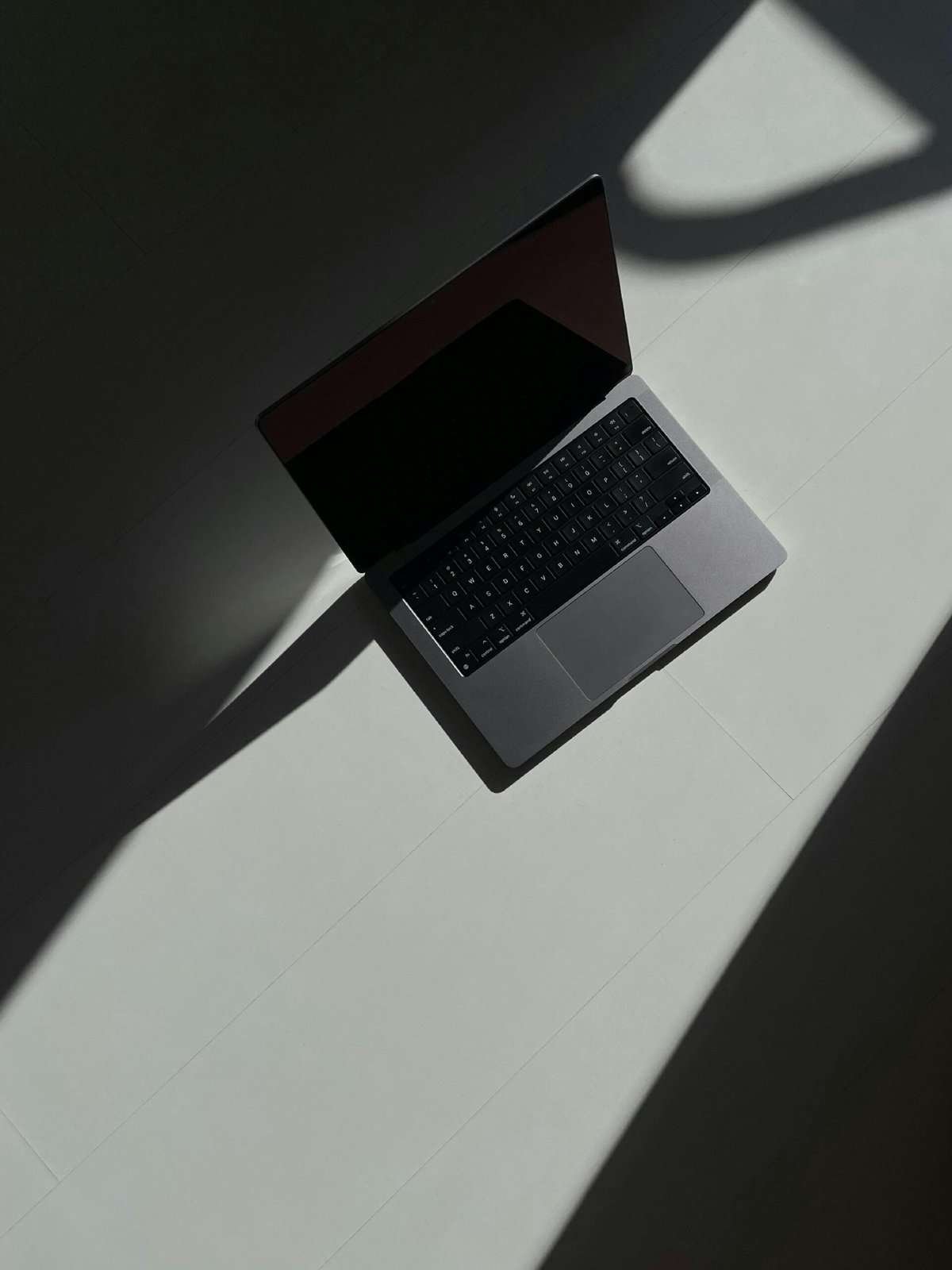
Challenges and Risks
Lack of regulations and legal frameworks
One of the main challenges facing DAO-based art auctions and sales is the lack of regulations and legal frameworks governing this emerging industry. As DAOs operate on a decentralized and borderless ecosystem, it becomes challenging for regulators to oversee and enforce compliance. This regulatory ambiguity raises concerns regarding consumer protection, investor rights, and the prevention of money laundering. To ensure the long-term viability and success of DAO-based art auctions, it is crucial for regulators to establish clear guidelines and frameworks that balance innovation with investor and consumer protection.
Market volatility and speculative behavior
The art market, whether traditional or DAO-based, is inherently subject to market volatility and speculative behavior. Prices of artworks can fluctuate significantly based on various factors, such as demand, macroeconomic conditions, and art market trends. DAO-based art auctions, which often involve a large number of participants and speculative investors, may experience heightened price volatility, creating potential risks for both artists and buyers. It is essential for participants in DAO-based art auctions to educate themselves about the art market and to approach their investments with caution and a long-term perspective.
Cybersecurity threats
The reliance on blockchain technology and smart contracts in DAO-based art auctions introduces cybersecurity risks that need to be addressed. Hacking attempts, decentralized exchange vulnerabilities, and smart contract exploits are potential threats that could compromise the integrity and security of a DAO’s art marketplace. It is important for DAOs and participants to implement robust security measures, such as multi-factor authentication, encryption, and regular security audits, to prevent unauthorized access and protect the assets and data stored on the blockchain.
Case Studies
Successful DAO-based art auctions
Several successful case studies have demonstrated the potential of DAO-based art auctions and sales. One notable example is the “Beeple” sale, where a digital artwork by the artist Mike Winkelmann, also known as Beeple, was auctioned as an NFT and sold for a staggering price of $69 million. This sale showcased the growing acceptance and demand for digital art in the art market and the power of blockchain technology to facilitate transparent and secure transactions.
Another example is the DAO-based art platform SuperRare, which has gained popularity among digital artists and collectors. SuperRare allows artists to mint and sell limited-edition digital artworks as NFTs, leveraging the scarcity and uniqueness of digital creations. Collectors can acquire these NFTs through auctions or direct purchases, creating a decentralized marketplace for digital art.
Impact on artists and collectors
DAO-based art auctions and sales have had a significant impact on both artists and collectors. For artists, DAOs provide a new way to monetize their art and gain exposure to a global audience. The elimination of intermediaries and the use of blockchain technology enable artists to retain more control over their art and receive a larger share of the proceeds from sales. Additionally, DAOs foster a sense of community and collaboration among artists, allowing for creative collaborations and shared ownership of art projects.
For collectors, DAO-based art auctions and sales offer access to a wide range of artworks and investment opportunities. Tokenization and fractional ownership enable collectors to diversify their portfolios and invest in art assets that were previously inaccessible or too expensive. Furthermore, the transparency and provenance tracking provided by DAOs and blockchain technology give collectors confidence in the authenticity and value of the artworks they acquire.
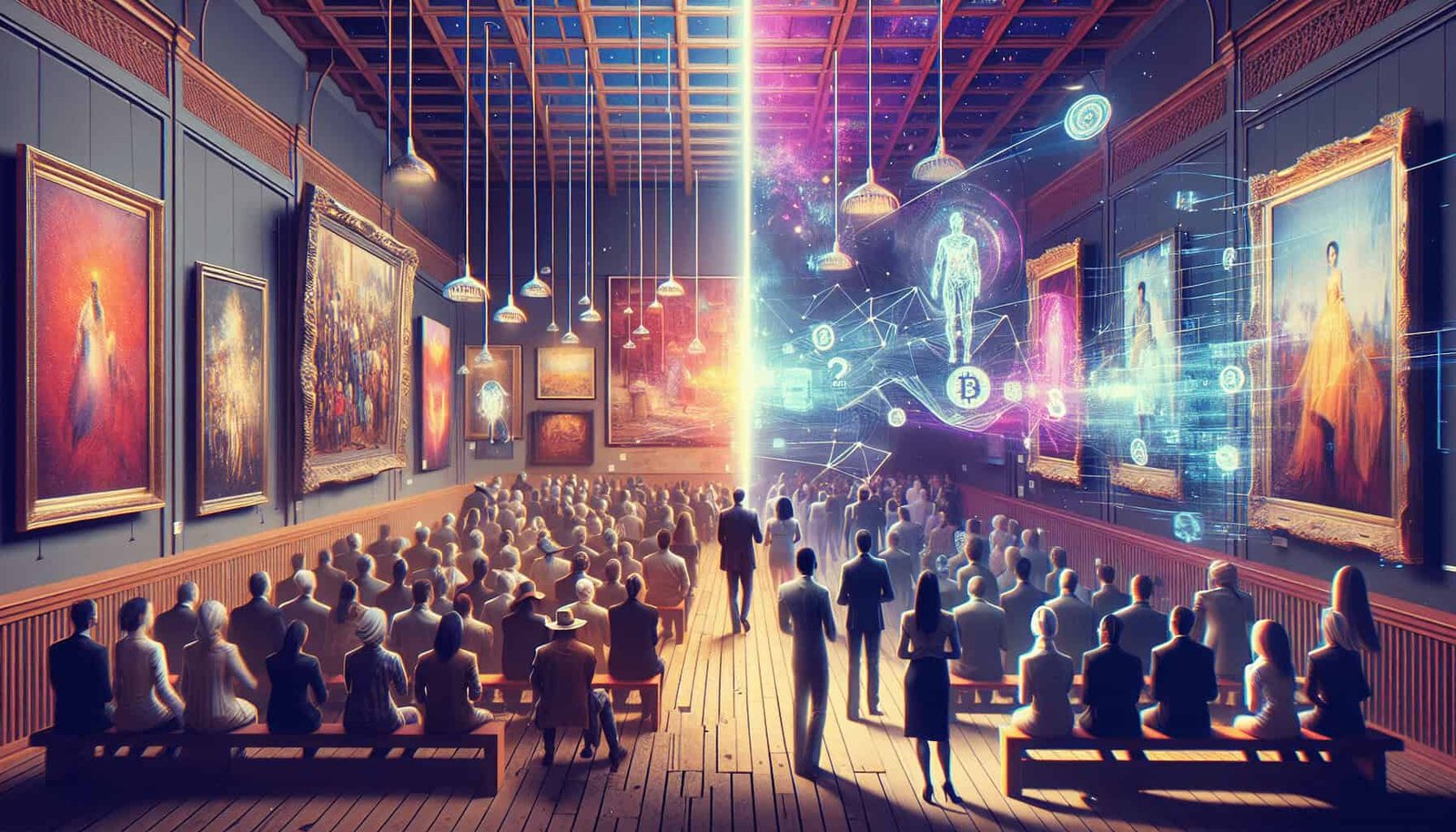
Future Trends and Potential
Integration with DeFi and other blockchain applications
The integration of DAO-based art auctions and sales with decentralized finance (DeFi) and other blockchain applications has the potential to unlock new possibilities for the art market. DeFi protocols, such as decentralized lending and borrowing platforms, can provide liquidity to artists and buyers, enabling them to leverage their art assets or acquire art through loans. Additionally, the integration with other blockchain applications, such as gaming platforms or virtual reality experiences, can enhance the visibility and accessibility of digital art, creating new avenues for artistic expression and engagement.
Global adoption of DAO-based art auctions
While DAO-based art auctions and sales are still relatively new, there is a growing interest and adoption of this innovative model in the art market. As more artists, buyers, and collectors become familiar with blockchain technology and experience the benefits of DAOs, the adoption of DAO-based art auctions is expected to increase. Additionally, advancements in blockchain scalability and interoperability, as well as the establishment of clearer regulatory frameworks, will further facilitate the global adoption of DAO-based art auctions, making art more accessible and fostering innovation in the art market.
Conclusion
The transformative power of DAOs in the art market is undeniable. DAO-based art auctions and sales offer numerous benefits, including increased transparency, lower fees, enhanced community participation, and the democratization of art ownership. Through the tokenization of art and the use of blockchain technology, artists can monetize their art and gain exposure to a global audience, while collectors can access a broader range of artworks and investment opportunities. However, challenges such as regulatory uncertainties, market volatility, and cybersecurity threats must be addressed to ensure the long-term success and sustainability of DAO-based art auctions. With the integration of DeFi and other blockchain applications, as well as the global adoption of DAO-based art auctions, the art market stands to benefit from increased innovation, accessibility, and inclusivity. Artists, buyers, and collectors should consider the opportunities and key considerations presented by DAO-based art auctions as they navigate the evolving landscape of the art market.
